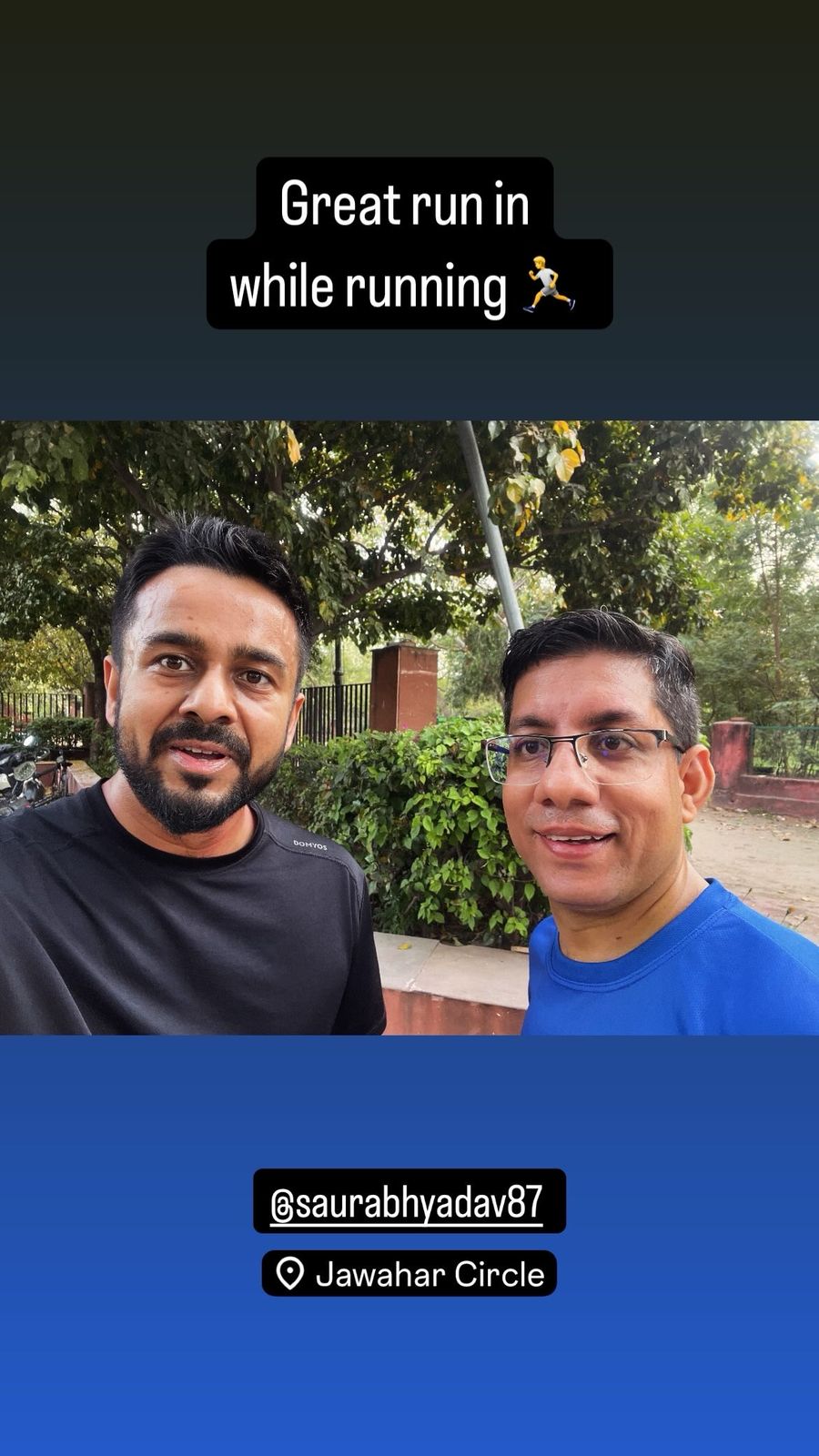When it comes to laptops, the operating system plays a pivotal role in shaping the user experience. For most manufacturers like Dell, Lenovo, HP, and others, Windows is the default OS. While Windows powers the majority of laptops globally, it might also be a significant factor behind the low Net Promoter Scores (NPS) of some brands. Unlike Apple, which controls both its hardware and software ecosystem, Windows-based laptop manufacturers are at the mercy of Microsoft’s OS. This disconnect between hardware and software often leads to a subpar customer experience, as I recently experienced with my Dell laptop.
For a month, I experienced the infamous Blue Screen of Death (BSOD) on my Dell laptop running Windows 11. The crashes were frequent, multiple times a day, forcing restarts and disrupting my workflow. As someone who relies heavily on their laptop for both personal and professional tasks, this was incredibly frustrating. I had a Dell support plan, so I reached out to their customer service. However, the experience was far from satisfactory. Dell only offers phone support, unlike Apple, where you can walk into a store and get hands-on assistance. The support team ran a diagnostic on boot, and the health check showed no issues with the hardware. Their solution? Reinstall Windows 11. They essentially absolved themselves of any responsibility, leaving me to deal with the problem on my own. This kind of poor customer experience makes me question whether I would ever buy a Dell laptop again. The answer is likely no.
The bigger question, however, is whether I would continue to use Windows. The answer is yes, but not because I’m satisfied with it. Windows has a near-monopoly in the PC market, and for many, there’s no viable alternative. This lack of competition means users are often stuck with an OS that can be buggy, unstable, and prone to issues like the BSOD. Compare this to Apple’s ecosystem, where the company owns both the hardware and software. If something goes wrong with a MacBook, Apple takes full responsibility. They don’t blame third-party software or tell you to reinstall the OS. Of course, this level of service comes at a premium, but it raises an important question: how much do you value the data on your laptop versus the cost of the device itself? For most people, the data is far more valuable. Losing work, personal files, or critical information due to a software crash can be devastating.
The disconnect between Windows and laptop manufacturers creates a fragmented experience for users. When something goes wrong, it’s often unclear who is to blame—Microsoft or the hardware manufacturer. This lack of accountability can lead to poor customer satisfaction and, ultimately, lower NPS scores for brands like Dell and Lenovo. While Windows remains the dominant OS, its instability and the poor support ecosystem around it are significant pain points for users. Until Microsoft and laptop manufacturers work more closely to address these issues, customers will continue to face frustrating experiences. For now, the choice between a Windows laptop and a MacBook often comes down to whether you’re willing to pay a premium for a more seamless, integrated experience.


